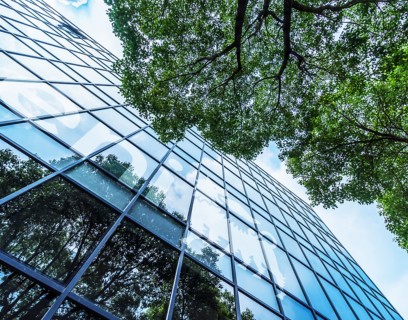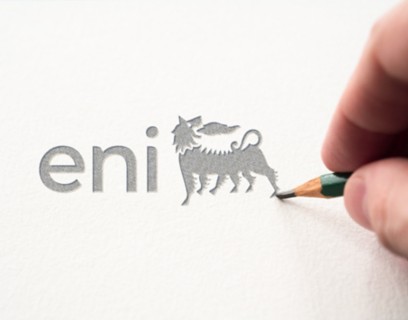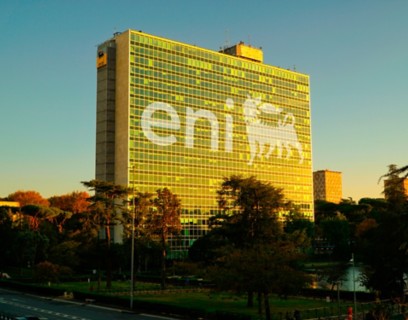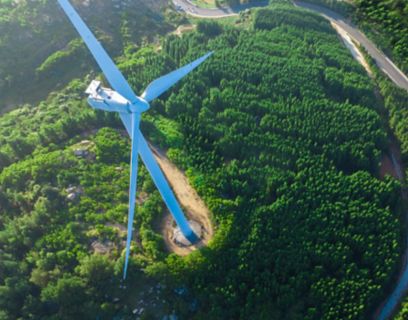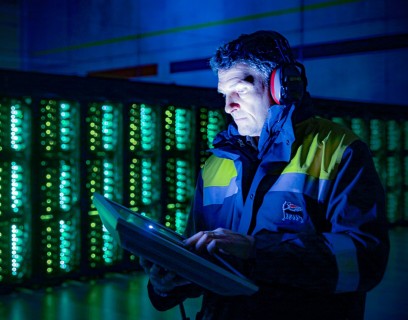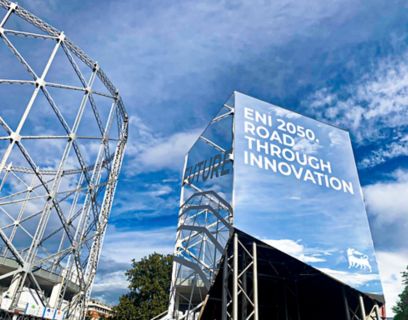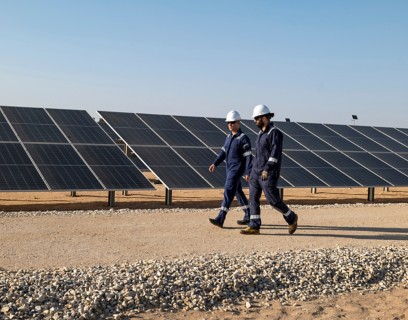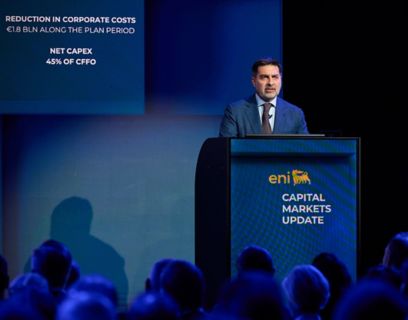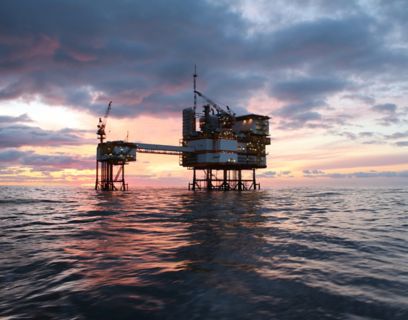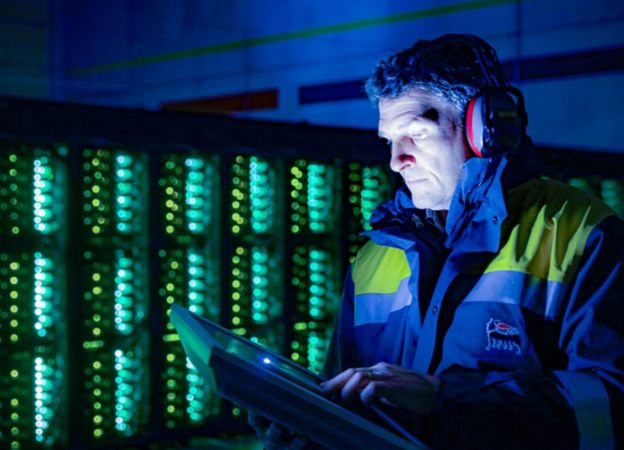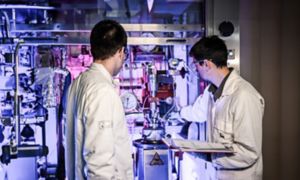Carbon Capture and Storage (CCS) is an important tool to support hard-to-abate industries in reducing their emissions. Here are some numbers that testify to our commitment.
Carbon capture, transport, storage and utilization, CO₂ also as a resource
Our projects for the capture, transportation, storage and reuse of CO₂ (CCUS), a set of technologies that are indispensable for lowering emissions.
Storing CO₂ underground or using it as raw material
The technological chain of capture, transport, storage and utilisation of CO₂, (CCUS) allows carbon dioxide emissions to be captured directly from the industrial plants that generate them.
Once captured, that same CO₂ can be:
An indispensable contribution to the decarbonisation of industry
Capture and storage of CO₂ (CCS) are currently available and effective solutions for decarbonising hard-to-abate sectors, i.e. industries where, due to both high energy consumption and the nature of their production cycles, there are currently no equally effective technological alternatives (e.g. steel, cement, paper and chemical industries).
The importance of the CCUS for the energy transition is emphasised by major international organisations, such as the International Energy Agency (IEA), the International Panel on Climate Change (IPCC), the International Renewable Energy Agency (IRENA), the European Union, the USA and the United Nations. This is why we have made it an element of our decarbonization pathway, pursuing CCS projects and supporting research in CCU.
For Eni, CCS is a key lever for the energy transition, both for the decarbonization of its own operations and for third-party industries. In addition to projects in the UK and Italy, we are considering other opportunities in North Africa, the Netherlands and Norway.
CO2 Monitoring: Robotic Technologies in Support of CCUS
Eni's approach to CCUS also includes monitoring, before, during, and after the injection of CO2 into the reservoir. These activities, carried out through sensor networks and the use of robotic systems, cover the surface, subsurface and offshore environment.
The HERCCULES international research project
In 2023 we started the international research project HERCCULES, which is supported by us and other partners and coordinated by the Energy and Environment Laboratory Piacenza (LEAP). The initiative is financed as part of the Horizon Europe framework programme with European funds amounting to approximately thirty million euros. The aim of the project is to develop innovative CO2 capture technologies for the cement and waste-to-energy sectors by setting up demonstration plants in two cement plants and one waste-to-energy plant located in Northern Italy and in Greece.
Our goal in CCS
transport and storage capacity by 2030ᵃ
transport and storage capacity by 2030ᵃ
Note:
a) Gross capacity
The role of CCS according to the Global CCS Institute and Zero Carbon Technology Roadmap studies
In 2023, the strategic study Zero Carbon Technology Roadmap - Carbon Capture and Storage: a strategic lever for the decarbonization and competitiveness of Italy' was presented by The European House - Ambrosetti, in cooperation with Eni and Snam. It showed how a technology-neutral approach is essential to achieving decarbonization targets at European and national level.
Carbon Capture and Storage (CCS) is particularly considered indispensable to reduce emissions from hard-to-abate industries, preserving crucial economic sectors. CCS will also play a key role in the electricity sector, in the production of low-carbon hydrogen and, eventually, in offsetting residual emissions and reaching the Net Zero target by 2050. The process of combining environmental, social, economic and industrial policy sustainability objectives is fundamental to Italy's and Europe's strategic vision. This scenario makes the Ravenna CCS project key, thanks to a total storage capacity estimated at over 500 million tonnes, as an opportunity to position Italy as a reference country for CCS in Southern Europe. Another highly important project is HyNet North West in England.
To enable the full development of CCS, coherent regulatory schemes capable of reconciling decarbonization, economic competitiveness and employment aspects need to be identified and promoted through integrated planning and support mechanisms to ensure economic sustainability throughout the supply chain.
CCS in Europe
Operational, under construction and development projects in the Global CCS Insitute document.
Commercial CCS projects operational in Europe
CCS projects being built in Europe
CCS projects under development in Europe
Eni research in CCU
We support research and innovation across the entire supply chain of CO2 capture, storage and utilisation. Regarding the possibility of utilisation (CCU), in particular, we are working on a mineralisation technology that allows carbon dioxide to be 'recycled' in the production of Supplementary Cementitious Material (SCM) suitable for the formulation of Portland-type cements, with a high standard for use in the construction industry. The reaction at the base of the process, which involves the combination of CO2 with minerals containing silicates, occurs spontaneously in nature but over geological timescales. Eni's innovation consists in having developed a technology that accelerates the reaction to a few hours and gives the product properties that make it suitable for the formulation of cements.

